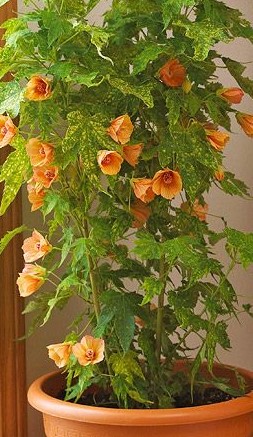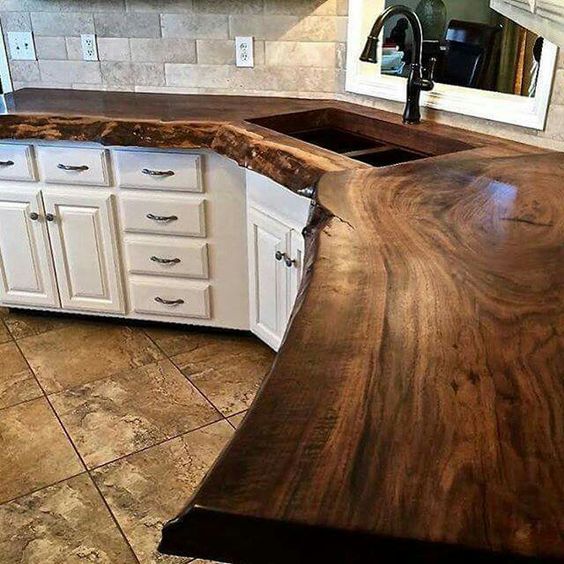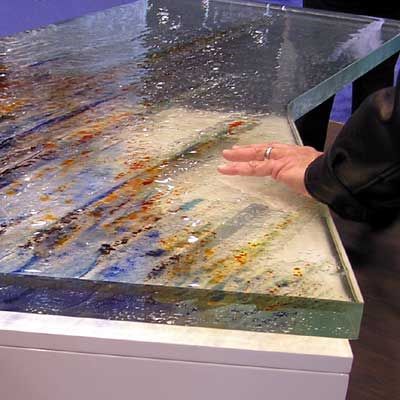A new kitchen faucet can add style and functionality while taking less than an hour to replace.

Number of Faucet Holes and Spacing
New kitchen faucets will cost anywhere from $50 to $1,000, but the price goes up substantially if you change to a different type of faucet. You may need to modify your counter top to accommodate it, and if your sink has integrated faucet holes, changing the layout could entail replacing the entire sink — an extra cost of at least $150. Faucets typically come in 1- to 3-hole varieties with multiple holes most often spaced 4 inches on-center. If your existing faucet has more holes than your new one, it is easy to cover unused holes with a deck plate, which costs just a few dollars. Most new faucets come with 3/8-inch flex tubing that’s incompatible with 1/2-inch supply valves. If your existing supply valves are 3/8-inch, then you do not need to upgrade.

Wall and Deck Mounting
Faucets come in either wall- or deck-mounted varieties. The vast majority of faucets are deck-mounted. In other words, they are attached directly to a countertop or sink. They are significantly easier to replace and maintain than wall-mounted models. If you currently have a deck-mounted faucet and want a wall-mounted model, expect to pay at least several hundred dollars more to run new supply lines in the wall and to repair the wall damage. Because of their extra cost, wall-mounted faucets are considered luxury fixtures.
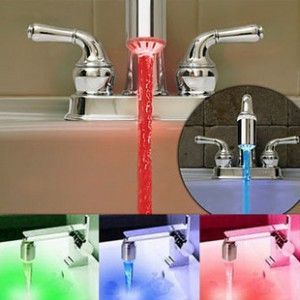
Handle Options
Every faucet has zero, one, or two handles. Single handle models are very common and found throughout the price spectrum. Two handle models offer a more traditional look and more precise control over the flow of hot and cold water. Touch-free faucets are certainly high-end, but they do not typically offer touch-free temperature control.
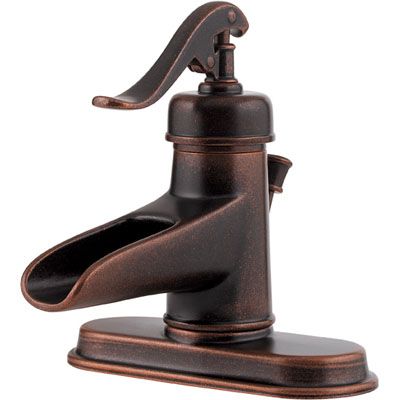
Style and Finish Options
With literally hundreds of options to choose from, picking the right faucet can take weeks or longer. Price is one very important consideration, but even in the $100 range, you can choose from contemporary, traditional, or transitional models in more than a dozen finishes.

